-
 Bitcoin
Bitcoin $116400
0.87% -
 Ethereum
Ethereum $3819
3.86% -
 XRP
XRP $3.048
1.62% -
 Tether USDt
Tether USDt $1.000
0.03% -
 BNB
BNB $777.2
0.60% -
 Solana
Solana $169.3
0.46% -
 USDC
USDC $0.0000
0.02% -
 TRON
TRON $0.3414
2.06% -
 Dogecoin
Dogecoin $0.2126
3.33% -
 Cardano
Cardano $0.7527
1.21% -
 Hyperliquid
Hyperliquid $38.86
1.02% -
 Sui
Sui $3.683
5.27% -
 Stellar
Stellar $0.4048
1.45% -
 Chainlink
Chainlink $17.91
6.62% -
 Bitcoin Cash
Bitcoin Cash $576.9
1.29% -
 Hedera
Hedera $0.2487
1.03% -
 Ethena USDe
Ethena USDe $1.001
-0.01% -
 Avalanche
Avalanche $22.46
1.07% -
 Litecoin
Litecoin $120.8
1.69% -
 UNUS SED LEO
UNUS SED LEO $8.963
-0.30% -
 Toncoin
Toncoin $3.301
2.33% -
 Shiba Inu
Shiba Inu $0.00001250
1.13% -
 Uniswap
Uniswap $10.06
3.45% -
 Polkadot
Polkadot $3.731
1.56% -
 Dai
Dai $1.000
0.01% -
 Bitget Token
Bitget Token $4.416
1.58% -
 Cronos
Cronos $0.1482
3.73% -
 Monero
Monero $250.0
-12.34% -
 Pepe
Pepe $0.00001075
2.16% -
 Aave
Aave $274.6
4.17%
How to play Bitfinex contracts tutorial
To participate in Bitfinex contract trading, traders must create an account, fund it, select a contract, set trading parameters, place an order, and manage risk effectively.
Nov 12, 2024 at 06:28 am
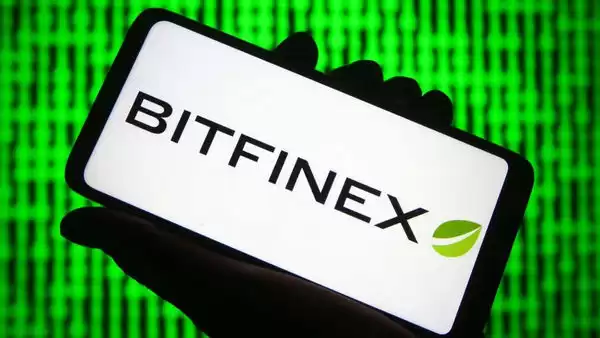
Step 1: Understand the Basics of Bitfinex Contracts
Bitfinex contracts, also known as perpetual contracts, provide a versatile trading instrument for crypto-asset enthusiasts. They allow traders to speculate on the future price movements of cryptocurrencies without the need for physical delivery. Unlike futures contracts that have a fixed expiration date, perpetual contracts do not expire and continue to trade indefinitely.
To understand how Bitfinex contracts work, it's important to grasp the concept of margin trading. Margin trading enables traders to leverage their positions, amplifying potential profits but also increasing risks. When trading with leverage, traders borrow a portion of the funds to augment their trading capital, allowing them to control a larger position size with a smaller initial outlay.
Step 2: Creating a Bitfinex Account and Funding
To participate in Bitfinex contract trading, you'll need to create an account on the platform. The registration process involves providing personal information, verifying your identity through KYC procedures, and agreeing to the terms of service.
Once your account is active, you can proceed with funding it. Bitfinex supports various funding methods, including bank transfers, credit card deposits, and cryptocurrency transfers. It's worth noting that bank transfers may take several days to settle, while cryptocurrency deposits can be processed almost instantaneously.
Step 3: Choosing a Contract and Setting Parameters
The next step involves selecting the contract you intend to trade. Bitfinex offers a wide range of perpetual contracts covering individual cryptocurrencies, such as Bitcoin, Ethereum, and Litecoin, as well as indices that track the performance of multiple crypto-assets.
After selecting the desired contract, you can proceed to set trading parameters. This includes specifying the contract size that determines the notional value of the position, the leverage level that amplifies your position size based on your margin, and the order type that governs how your order interacts with the market.
Step 4: Placing an Order and Monitoring Positions
With the trading parameters set, you can proceed to placing an order. Bitfinex supports various order types, including market orders that execute instantly at the current market price, limit orders that are executed when the price reaches a predetermined level, and stop orders that are executed to prevent losses or lock in profits.
Once an order is placed, you can monitor the position's performance in real-time through the Bitfinex trading interface. The platform provides detailed information about your position, including the current price, profit/loss, margin utilization, and liquidation price.
Step 5: Managing Risk and Closing Positions
Effective risk management is crucial in contract trading. Bitfinex offers several tools to help traders manage their risk exposure, including stop-loss orders, trailing stop-loss orders, and position monitoring alerts. It's prudent to establish clear risk parameters before entering into a trade, identifying the maximum acceptable loss and adjusting your trading strategy accordingly.
To close a position, you need to place an order in the opposite direction of your existing position. For instance, if you have a long position (betting that the price will rise), you would need to place a sell order of the same contract size to close the position.
Disclaimer:info@kdj.com
The information provided is not trading advice. kdj.com does not assume any responsibility for any investments made based on the information provided in this article. Cryptocurrencies are highly volatile and it is highly recommended that you invest with caution after thorough research!
If you believe that the content used on this website infringes your copyright, please contact us immediately (info@kdj.com) and we will delete it promptly.
- Pi Coin's dApp and AI Potential: Building a Decentralized Future
- 2025-08-08 02:30:12
- Bitcoin, Greenidge, and Liquidity: Navigating the Crypto Currents in NYC
- 2025-08-08 02:30:12
- Crypto Phishing Alert: $3 Million USDT Loss Highlights DeFi Risks
- 2025-08-08 01:10:12
- Crypto Presale Mania: Is Punisher Coin the High ROI King?
- 2025-08-08 01:10:12
- Online Betting, Platforms & Crypto Access: What's Hot in 2025
- 2025-08-08 00:50:12
- Layer Brett: The Meme Coin Primed for 100x Gains?
- 2025-08-08 01:50:12
Related knowledge
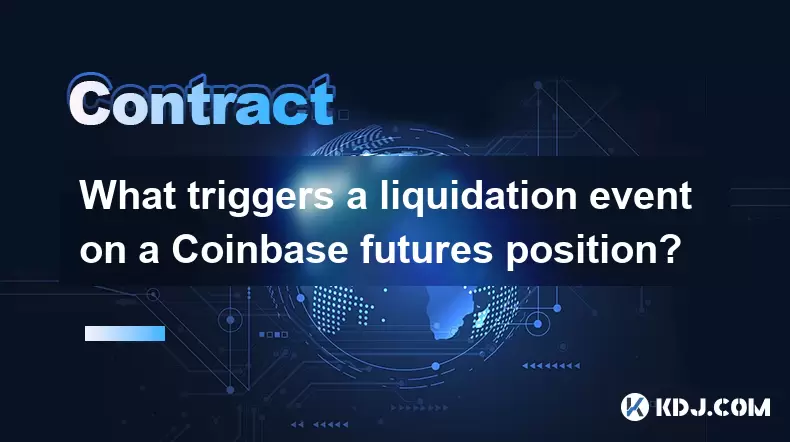
What triggers a liquidation event on a Coinbase futures position?
Aug 08,2025 at 01:15am
Understanding Futures Contracts on CoinbaseFutures contracts on Coinbase allow traders to speculate on the future price of a cryptocurrency, such as B...
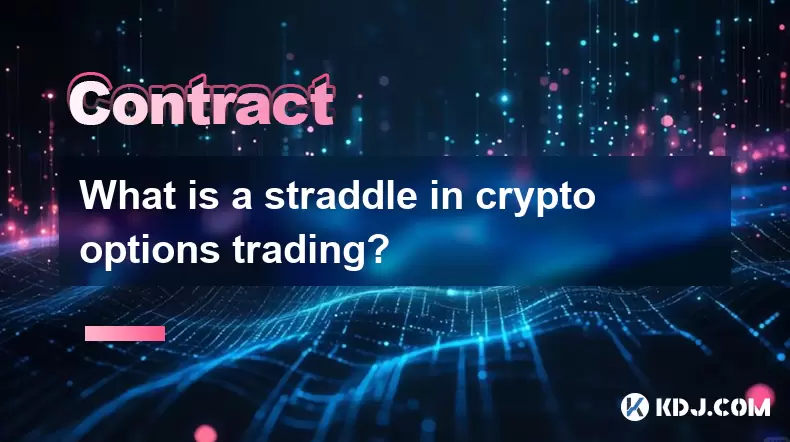
What is a straddle in crypto options trading?
Aug 07,2025 at 11:15pm
Understanding the Basics of a Straddle in Crypto OptionsA straddle is an options trading strategy used when a trader expects significant price movemen...
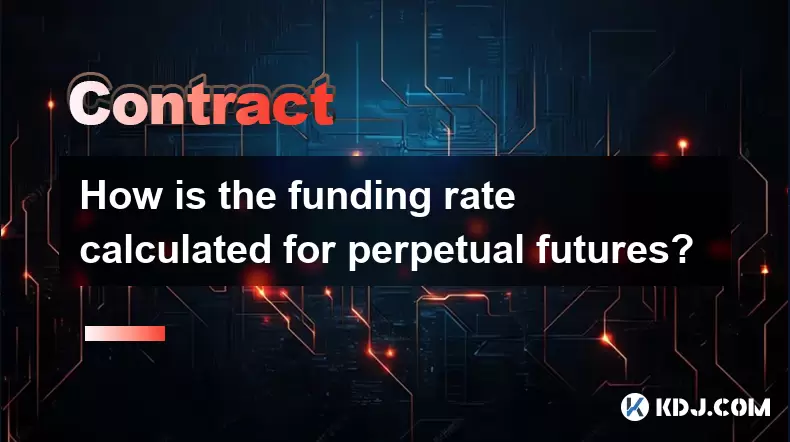
How is the funding rate calculated for perpetual futures?
Aug 07,2025 at 11:36pm
Understanding the Basics of Perpetual FuturesPerpetual futures are a type of derivative contract that does not have an expiration date, allowing trade...
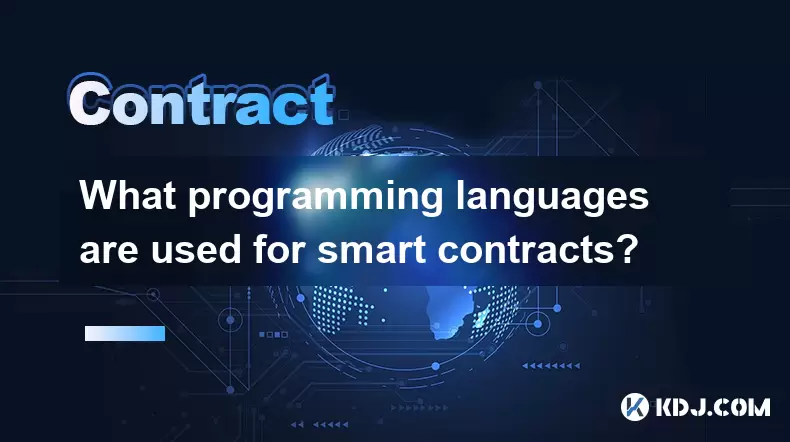
What programming languages are used for smart contracts?
Aug 07,2025 at 06:07pm
Understanding Smart Contracts and Their Execution EnvironmentSmart contracts are self-executing programs deployed on blockchain networks that automati...
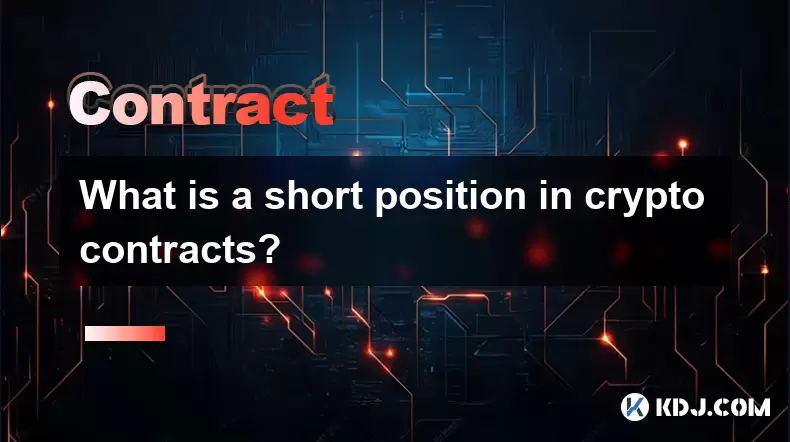
What is a short position in crypto contracts?
Aug 07,2025 at 11:42pm
Understanding the Concept of a Short Position in Crypto ContractsA short position in crypto contracts refers to a trading strategy where a trader prof...
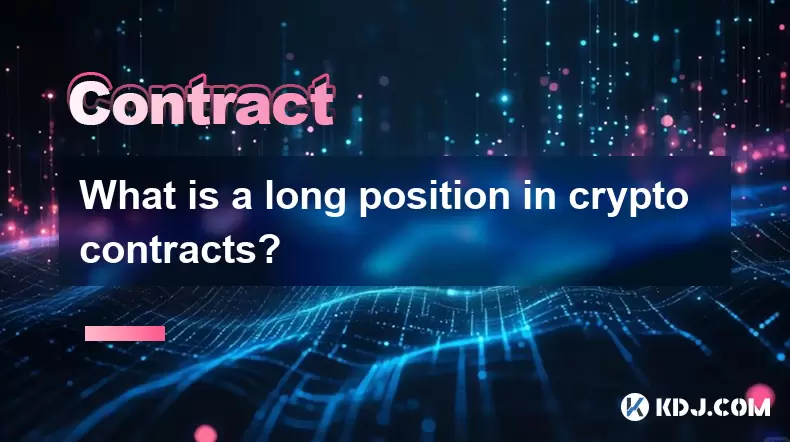
What is a long position in crypto contracts?
Aug 07,2025 at 06:29pm
Understanding the Concept of a Long Position in Crypto ContractsA long position in crypto contracts refers to a trading strategy where a trader buys a...

What triggers a liquidation event on a Coinbase futures position?
Aug 08,2025 at 01:15am
Understanding Futures Contracts on CoinbaseFutures contracts on Coinbase allow traders to speculate on the future price of a cryptocurrency, such as B...

What is a straddle in crypto options trading?
Aug 07,2025 at 11:15pm
Understanding the Basics of a Straddle in Crypto OptionsA straddle is an options trading strategy used when a trader expects significant price movemen...

How is the funding rate calculated for perpetual futures?
Aug 07,2025 at 11:36pm
Understanding the Basics of Perpetual FuturesPerpetual futures are a type of derivative contract that does not have an expiration date, allowing trade...

What programming languages are used for smart contracts?
Aug 07,2025 at 06:07pm
Understanding Smart Contracts and Their Execution EnvironmentSmart contracts are self-executing programs deployed on blockchain networks that automati...

What is a short position in crypto contracts?
Aug 07,2025 at 11:42pm
Understanding the Concept of a Short Position in Crypto ContractsA short position in crypto contracts refers to a trading strategy where a trader prof...

What is a long position in crypto contracts?
Aug 07,2025 at 06:29pm
Understanding the Concept of a Long Position in Crypto ContractsA long position in crypto contracts refers to a trading strategy where a trader buys a...
See all articles

























































































